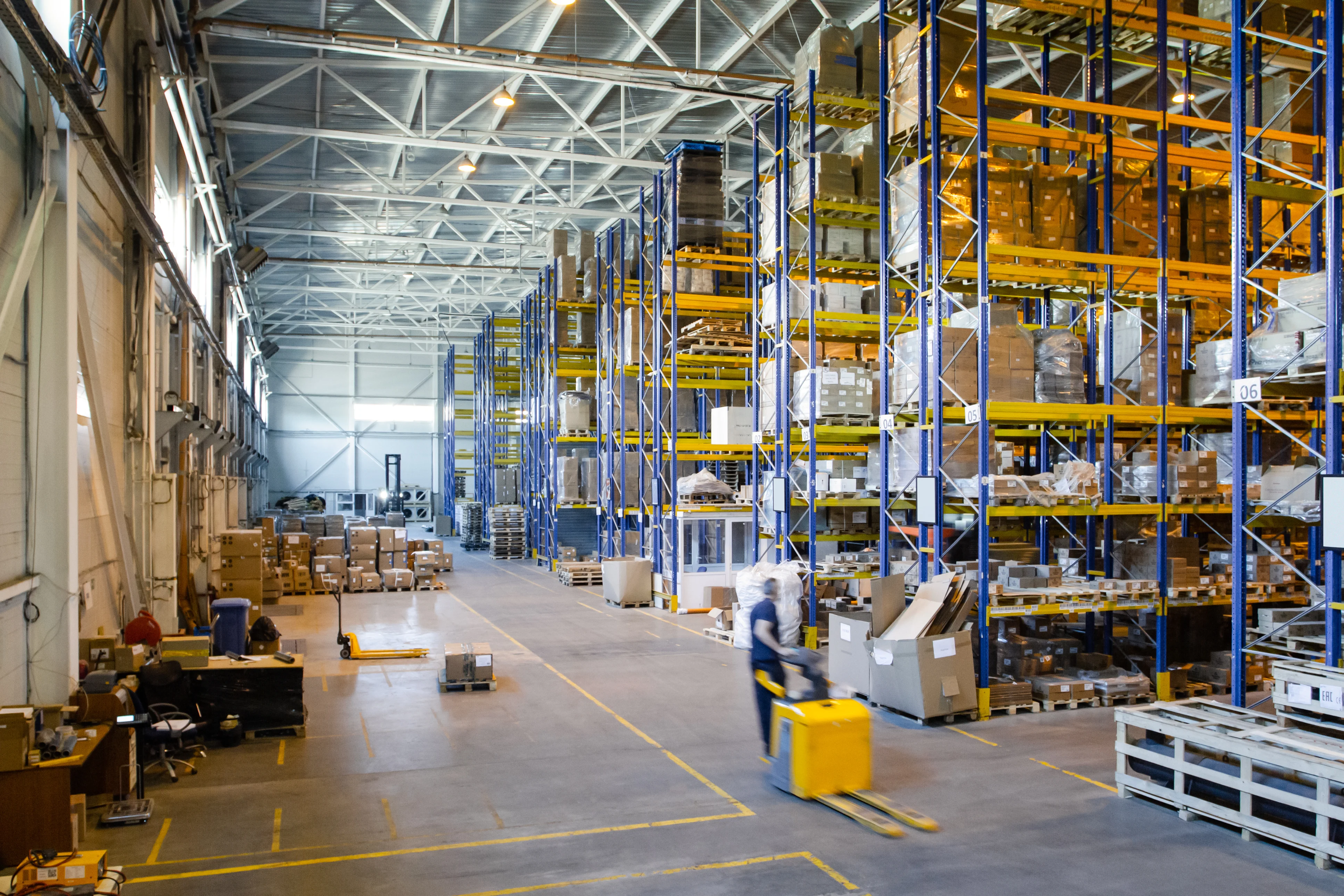In the ever-evolving landscape of logistics and supply chain management, warehouses serve as pivotal hubs for the storage and movement of goods. The optimization of warehouse space isn't just about maximizing square footage; it's about enhancing operational efficiency, streamlining processes, and ultimately improving the bottom line. Here’s how you can achieve that:

Strategic Layout and Organization
ABC Analysis for Inventory Management
Classify inventory based on their importance or turnover rate. This allows for a strategic placement of high-demand items closer to shipping areas, reducing retrieval time.
Optimized Slotting
Analyze SKU velocity and regularly reconfigure storage locations to minimize travel distances for frequently picked items, improving picking efficiency.
Clear Labeling and Signage
Clearly labeled aisles, bins, and storage locations facilitate quick and accurate retrieval, reducing search times and errors.

Utilization of Vertical Space
Mezzanine Racking and Vertical Storage
Employ mezzanine floors and tall shelving to make the most of vertical space without expanding the warehouse's footprint, effectively doubling or tripling storage capacity.
Automated Vertical Storage Systems
Implement automated systems like vertical carousels or AS/RS (Automated Storage and Retrieval Systems) for dense storage of small parts, optimizing space and increasing picking efficiency.

Streamlined Workflow and Processes
Implement Lean Principles
Streamline workflows by applying lean principles to eliminate waste, reduce unnecessary movements, and optimize processes for maximum efficiency.
Invest in Automation and Technology
Integrate warehouse management systems (WMS) and automation technologies like conveyor belts, robotics, or RFID tracking for faster and more accurate order fulfillment.

Employee Training and Engagement
Training Programs for Efficiency
Provide regular training to warehouse staff on efficient picking methods, equipment handling, and safety protocols to boost productivity and reduce errors.
Employee Involvement in Process Improvement
Encourage employees to contribute ideas for process improvement and efficiency gains as they are often at the forefront and can provide invaluable insights.

Continuous Improvement and Adaptability
Regular Performance Analysis
Continuously monitor and analyze warehouse performance metrics to identify areas for improvement and adapt strategies accordingly.
Flexibility for Scalability
Design the warehouse layout and systems with scalability in mind, allowing for easy adaptation to accommodate growth or changes in inventory demands.
Conclusion
Optimizing a warehouse for operational efficiency involves a multifaceted approach that considers layout, technology, process optimization, and employee engagement. It's about creating a seamless and agile environment that maximizes space, streamlines workflows, and enhances overall productivity.
By implementing strategic design, embracing technology, empowering employees, and fostering a culture of continuous improvement, warehouses can evolve from mere storage spaces into dynamic, efficient hubs that drive the success of the entire supply chain. Ultimately, the optimization of warehouse operations isn’t just a goal; it’s a continuous journey towards excellence in logistics and distribution.
